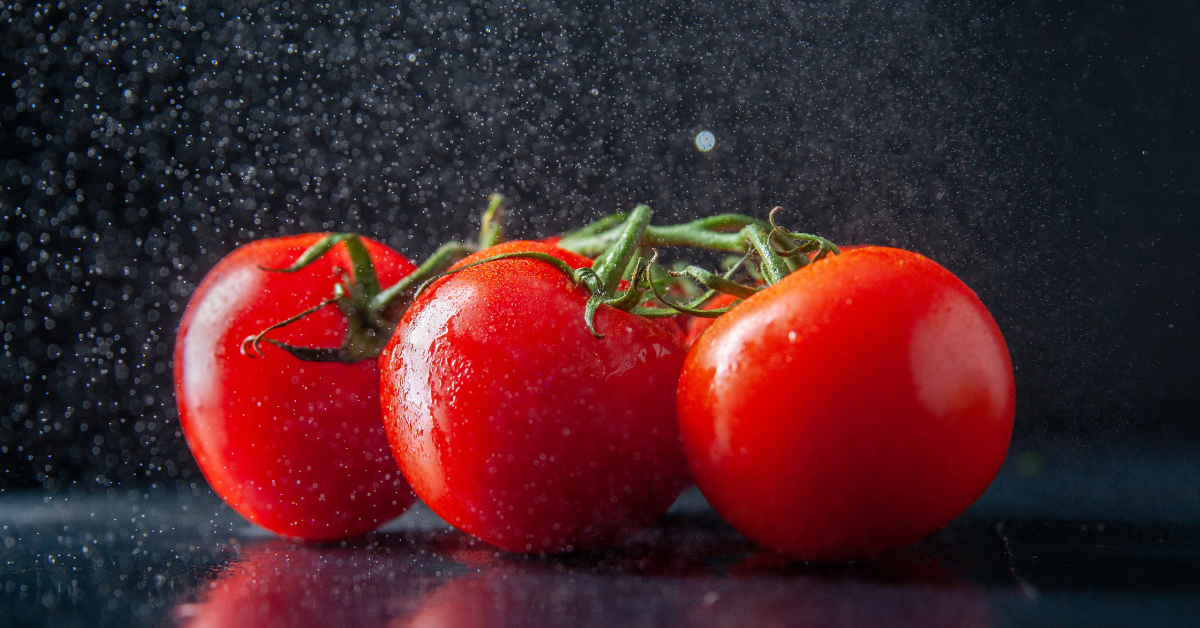Introduction:
Cottage cheese is a nutritious, protein-rich and versatile dairy product that has a place in both traditional and modern kitchens. Whether you are looking for a healthy breakfast, a quality protein snack, or an ingredient to spice up your favorite dishes, homemade cottage cheese is made with a special or improved quality. This blog post article will tell you everything you need to know. From ingredients to expert cooking tips to help you create the ultimate cottage cheese recipe right in your kitchen.
What Is Cottage Cheese?
Cottage cheese is a fresh, soft cheese made from cow’s milk that has been curdled with acid or bacterial cultures. It can be made from whole, skim, or skimmed milk. And it is known for its low-calorie, high-protein content. Or it becomes a favorite or delicious dish among health enthusiasts and culinary experts.
Ingredients
1 gallon of whole milk
½ cup white distilled vinegar or lemon juice
1 teaspoon salt (optional, for flavor)
¼ cup heavy cream (optional, for a richer texture)
Step-by-Step Guide to Making Cottage Cheese
Step 1
Heat the Milk
Milk is heated to either 80°F (32°C) or 115°F (46°C), with 115°F being the target temperature for firm yogurt.

Step 2
Add the Acid
When the milk is hot, turn off the heat or slowly add the vinegar or lemon juice while stirring. You will see that the milk starts to curdle or boil within a few seconds. Let the mixture sit not disturbed for about 30 minutes. Keep stirring the milk. During this time, the curds (solids) or whey (liquids) will completely separate.

Step 3
Strain the Curds
Place a colander with cheesecloth or a fine mesh strainer over a large bowl so that it is nearby if you need to strain it. Gently pour the curdled milk into the colander, allowing the whey to drain out. Let it sit for 5 to 10 minutes depending on your desired moisture level.

Step 4
Rinse and Cool
Rinse the yogurt under running water to cool it down or remove any remaining vinegar or lemon juice so that there are no problems. Wash or sanitize your hands thoroughly to gently mix the rinse.

Step 5
Add Salt and Cream
Take a bowl of curd. Add salt to taste. If you want to have more cream, add a little heavy cream. And mix well, then your homemade cheese is ready to serve.

Storage Tips for Fresh Cheese
Variations and Flavor Additions
Cottage cheese should be stored in an airtight container in the refrigerator to protect it from any contamination. It should be refrigerated for at least 5 days. The cream may separate slightly before serving. It is best to let it sit for 2-3 days before serving.
1. Herb-Infused Cottage Cheese
Mix in finely chopped herbs like parsley, dill, or basil for a labor-intensive flavor.
2. Sweet Cottage Cheese
For a healthy breakfast or snack, include honey, cinnamon or tangy fruit such as plums, peaches or bananas.
3. Spicy Cottage Cheese
Mix in crushed red pepper powder, garlic powder, or paprika for a zesty cocktail.
Health Benefits of Cottage Cheese
Cottage cheese is full of essential nutrients that support overall health. Its main benefits are as follows:
1. High in Protein
Cottage cheese is rich in casein protein, which digests slowly, keeps you fuller for longer, and helps with muscle repair and growth.
2. Supports Weight Loss
Low in calories but high in protein, it promotes satiety and helps control cravings, making it ideal and special for weight management.
3. Strengthens Bones
A great source of calcium and phosphorus, cheese supports bone density and helps prevent osteoporosis.
4. Boosts Metabolism
It contains essential B vitamins like B12, riboflavin, and folate, which play an important role in energy production and metabolism.
5. Good for Gut Health
Cottage cheese contains probiotics (made with live and diverse cultures), which support a healthy gut microbiome. It also improves digestion.
6. Supports Heart Health
Low-fat cheese provides potassium, which helps control blood pressure or supports cardiovascular health.
7. Suitable for Diabetic Diets
With its low-carb content, cottage cheese helps stabilize blood sugar levels, making it a suitable food for this feast.

Best Ways to Use Cottage Cheese in Recipes
This cheese is as versatile as it is filling. Here are some clean uses that you might love:
In lasagna: For a lighter version, substitute ricotta, a soft white unsalted Italian cheese, for cheese.
In smoothies: Blend for a protein-packed drink.
As a spread: Use it on toasted bread or crackers for a quick snack.
In pancakes and waffles: Add to good or very good for moisture and nutrition.
In Salad: Mix vegetables or spices with a protein-rich salad.
Common Cottage Cheese Issues
1. Milk Didn’t Curdle
To ensure the milk was heated to the correct temperature (190°F)
Make sure that the acid used is in a suitable amount or quantity.
2. Too Dry
Work the straining time or stir in more cream.
3. Sour Taste
Rinse the yogurt well after making yogurt to remove excess vinegar or lemon flavor.
Conclusion:
Making homemade cottage cheese is a simple, inexpensive, and satisfying process that delivers unmatched freshness and flavor. Whether you’re a fitness buff, a home cook, or just a fan of quality dairy, this homemade cheese recipe will become a staple in your kitchen.
FAQs About Cottage Cheese Recipe
Yes, but ensure it is from a trusted source and always store it at home for safety.
It can be frozen, but this may damage its texture. It can be best used in dishes cooked after freezing.
Yes, especially full-fat cheese. Just be mindful of any added sugars.
The differences in texture are perhaps the most obvious difference between mozzarella and cottage cheese, but are mostly due to the different ways the curds are treated during production.
No, cottage cheese does not melt the way cheeses like mozzarella or cheddar do.









